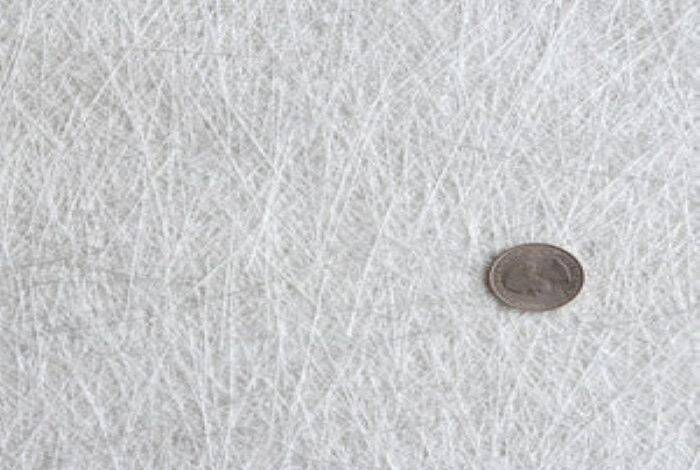Chopped Strand Mat: Construction and Properties

A composite material is a material made from two or more constituent materials with significantly different physical or chemical properties that, when combined, produce a material with characteristics different from the individual components. The individual components, or ingredients, retain their own identity and properties within the finished structure.
CSM stands for Chopped Strand Mat, which is a type of fiberglass reinforcement material commonly used in composite manufacturing processes. CSM is made up of short strands of glass fibers that are randomly oriented and bound together with a binder. The binder used in CSM is typically a soluble powder or an emulsion that dissolves in the presence of resin, allowing the glass fibers to be wetted out and bound together to form a composite structure. CSM is commonly used in applications where strength and stiffness are important, such as in boat building, automotive parts, and construction materials. It is also relatively inexpensive and easy to work with, making it a popular choice in many composite manufacturing processes.
How Chopped Strand Mat is made
Chopped Strand Mat (CSM) is made by cutting continuous strands of fiberglass into short pieces or “chopped strands” that are typically 1 to 3 inches in length. The chopped strands are then collected and spread evenly onto a conveyor belt or continuous mat forming machine. The machine then adds a binder material, typically a powdered or emulsified resin, which is mixed with the chopped strands as they are fed onto the mat. The binder material acts as a temporary adhesive, holding the chopped strands together and forming a continuous, non-woven mat.
The mat is then passed through a curing oven or heated rollers, where the binder material is activated and cured, forming a rigid, stable structure. After curing, the CSM is typically rolled up into large rolls or sheets for shipment and storage.
The thickness and weight of the CSM can vary depending on the application and desired properties of the final composite product. Thicker and heavier CSMs are typically used for applications where higher strength and stiffness are required, while thinner and lighter CSMs are used for more flexible or lower-stress applications.
Properties of Chopped Strand Mat
Chopped Strand Mat (CSM) is a type of fiberglass reinforcement material used in composite manufacturing processes, and it has several key properties, including:
- High strength and stiffness: CSM is designed to provide high tensile and compressive strength to the composite it reinforces, making it an ideal choice for applications where strength and stiffness are important.
- Easy to wet-out: CSM is relatively easy to wet-out with resin, which means it can be quickly and easily impregnated with the appropriate resin to form a composite structure.
- Uniform fiber distribution: CSM has a random fiber distribution that helps to provide uniform strength and stiffness throughout the composite structure.
- Good conformability: CSM can conform to complex shapes and contours, making it ideal for use in composite parts with complex geometries.
- Good chemical resistance: CSM is generally resistant to most chemicals, making it a good choice for applications where exposure to chemicals is expected.
- Affordable: CSM is a cost-effective reinforcement material, making it a popular choice in many composite manufacturing processes.
However, CSM has some limitations, such as:
- Poor impact resistance: CSM is not particularly impact-resistant and may crack or shatter under heavy impact.
- Not suitable for high-temperature applications: CSM is not recommended for use in high-temperature applications, as it can degrade and lose its strength at high temperatures.
- Not suitable for high moisture environments: CSM can absorb moisture over time, which can weaken the composite structure, so it may not be suitable for use in environments with high levels of moisture or water exposure.
